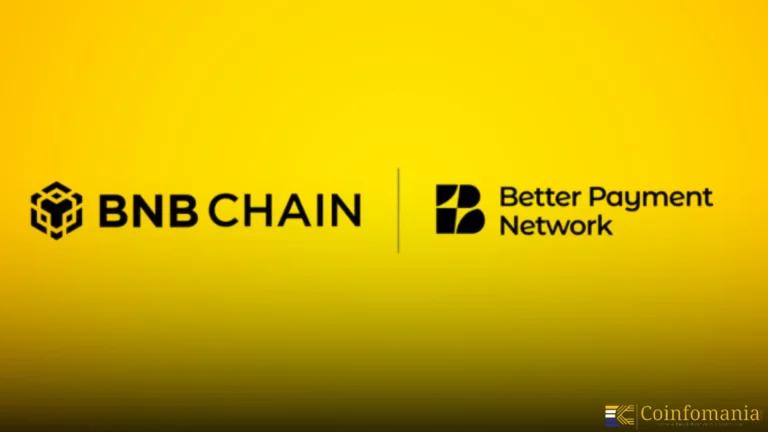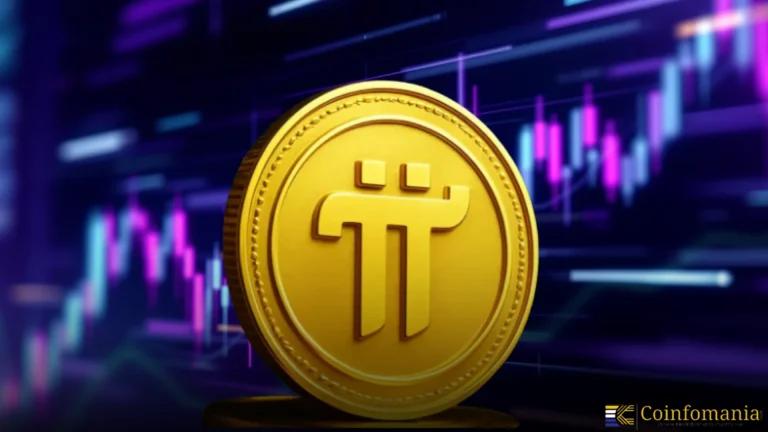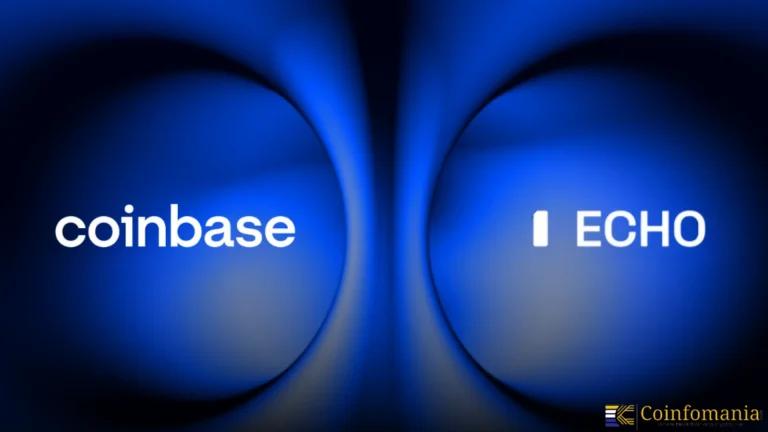GoPlus SafeToken Locker Introduces Full Support for Uniswap v4 Pools, Offering Improved Gas Efficiency and Flexible Locking Periods
Dive into the new Uniswap v4 integration with SafeToken Liquidity Locker, enabling users to lock liquidity directly into Uniswap v4 pools.

Quick Take
Summary is AI generated, newsroom reviewed.
SafeToken Liquidity Locker now supports Uniswap v4 pools, enabling secure token locking and liquidity management.
Uniswap v4 introduces dynamic fees, hooks, and native ETH support for more flexible and efficient liquidity operations.
Integration enhances security, simplifies token transfers, and reduces gas costs for projects and investors.
On May 31, GoPlus Security’s SafeToken Liquidity Locker added compatibility with Uniswap v4 pools. This integration enables projects to lock liquidity directly into modern Uniswap liquidity pools. By using this tool, developers and investors can gain clearer insight into token liquidity management processes. Projects benefit from additional safeguards against common liquidity risks like unauthorized withdrawals or rug pulls. This change stems from the Uniswap v4 upgrade, which modernizes core liquidity mechanics. Users can now rely on the SafeToken Locker when working with v4 pools to improve security.
GoPlus Liquidity Locker Combines Governance and Risk Management
SafeToken Locker provides governance-focused features for projects. Multi-signature security helps ensure that withdrawals require consensus among designated signers. Emergency freeze functions allow teams to halt liquidity movements in case of suspicious activity. By combining these tools with Uniswap v4 pools, projects gain tighter control over how and when tokens leave a pool. Transparency tools also show when locks expire and who performed each action. While safeguards do not remove all risk, they lower the chance of losses for developers and investors.
Uniswap V4 Aims to Simplify On-Chain Complexity and Lower Gas Costs
Uniswap v4 itself offers new features aimed at reducing on-chain complexity and gas costs. The upgrade introduces a singleton design that handles multiple liquidity pools within one contract instance. Flash accounting in Uniswap v4 pools improves efficiency by consolidating swap and liquidity processes. Projects can now perform multi-hop swaps more economically and create pools with lower transaction fees. For those using SafeToken Liquidity Locker, these features translate into streamlined liquidity operations. By locking tokens in Uniswap v4 pools, teams can minimize on-chain steps and avoid unnecessary fee overhead.
The Uniswap v4 also adds hooks, allowing custom code to execute during key events. Hooks can trigger logic when pools are created, when swaps occur, and when liquidity positions change. Developers may use dynamic fees to adjust rates in real time based on market conditions. This feature can help liquidity providers optimize fee revenue during periods of high volatility. However, adaptive fees require careful configuration to avoid unintended consequences. By integrating GoPlus Security’s Liquidity Locker with Uniswap v4 pools, projects can lock tokens securely while still leveraging dynamic fee mechanics.
Uniswap v4 Promises Faster Pool Creation and Fewer Transaction Failures
One benefit of locking tokens in Uniswap v4 pools relates to native ETH support. Uniswap v4 enables direct use of ETH without requiring wrapped tokens. This can reduce transaction steps and cut gas costs for ETH-paired liquidity. Projects using SafeToken Locker can now lock ETH directly in Uniswap v4 pools. This change simplifies token transfers for most projects and traders. By avoiding WETH conversions, users save significant time and fees. Simple token flows also lower the technical burden for developers managing ETH liquidity positions.
Another key component is the PoolManager architecture within Uniswap v4, which centralizes pool state and operations. This design improves swap efficiency by reducing redundant state updates. Liquidity adjustments also execute more quickly because the PoolManager handles accounting off-chain before final settlement. For SafeToken Locker integrations, this means faster pool creation and simplified management of locked positions. Projects can now monitor pool health more effectively, and reduced on-chain transactions help developers focus on strategy. Efficient operations may lead to lower fee costs and fewer transaction failures.
Recently, GoPlus Security also introduced another development that helps in increasing blockchain ecosystems’ security. On May 30, it introduced GoPlus MCP to provide real-time threat detection across chains. This tool connects large language model clients directly to security intelligence servers. With both initiatives, GoPlus Security aims to guard liquidity and identify malicious activities. Together, these updates can strengthen DeFi resilience by addressing liquidity and threat risks simultaneously.
Importance of Interactions Between Liquidity Tools in Blockchain
This collaboration highlights progress toward more secure liquidity management in decentralized finance. GoPlus Liquidity Locker aligns with the Uniswap v4 upgrade to provide a cohesive approach. Features such as dynamic fees and hooks in Uniswap v4 pools enable advanced liquidity strategies. Meanwhile, locking mechanisms in SafeToken Locker aim to protect token holders from abrupt liquidity changes. Understanding how these systems interact is crucial for projects building on the latest blockchain standards. As the ecosystem evolves, developers and investors must consider both efficiency and safety when choosing liquidity solutions.
References
Follow us on Google News
Get the latest crypto insights and updates.


